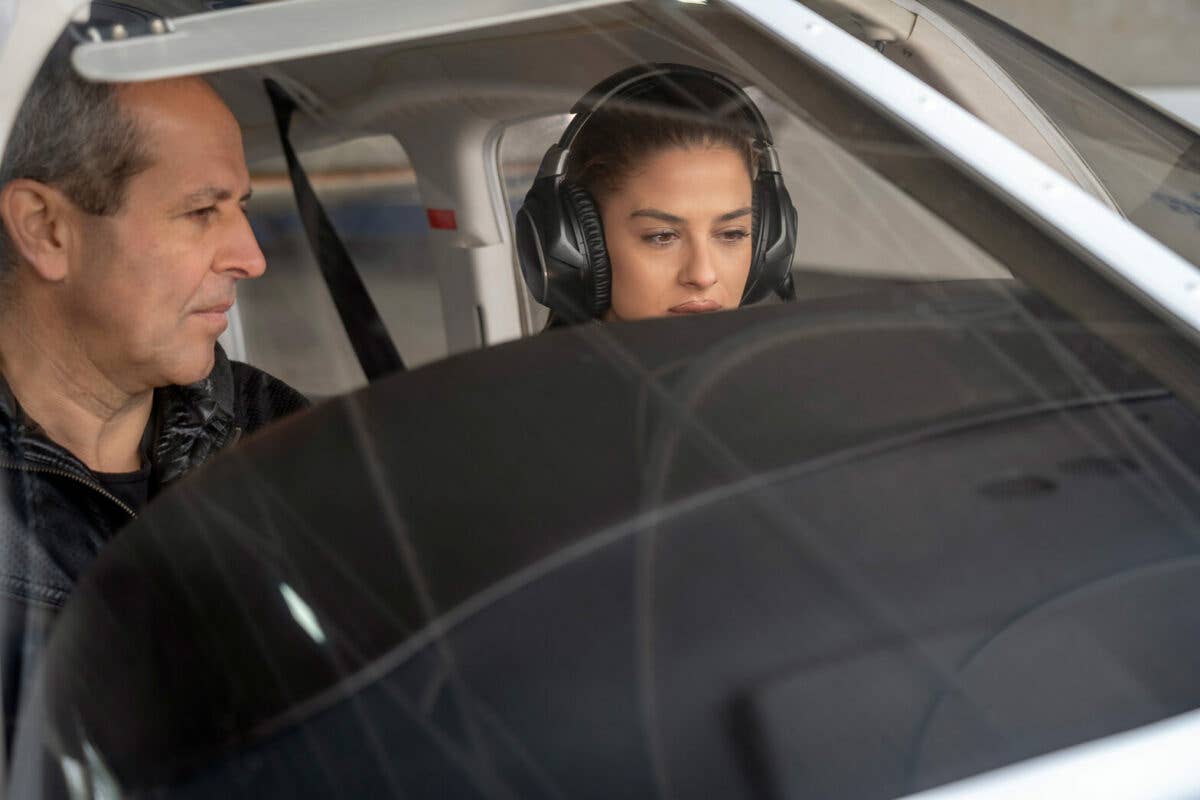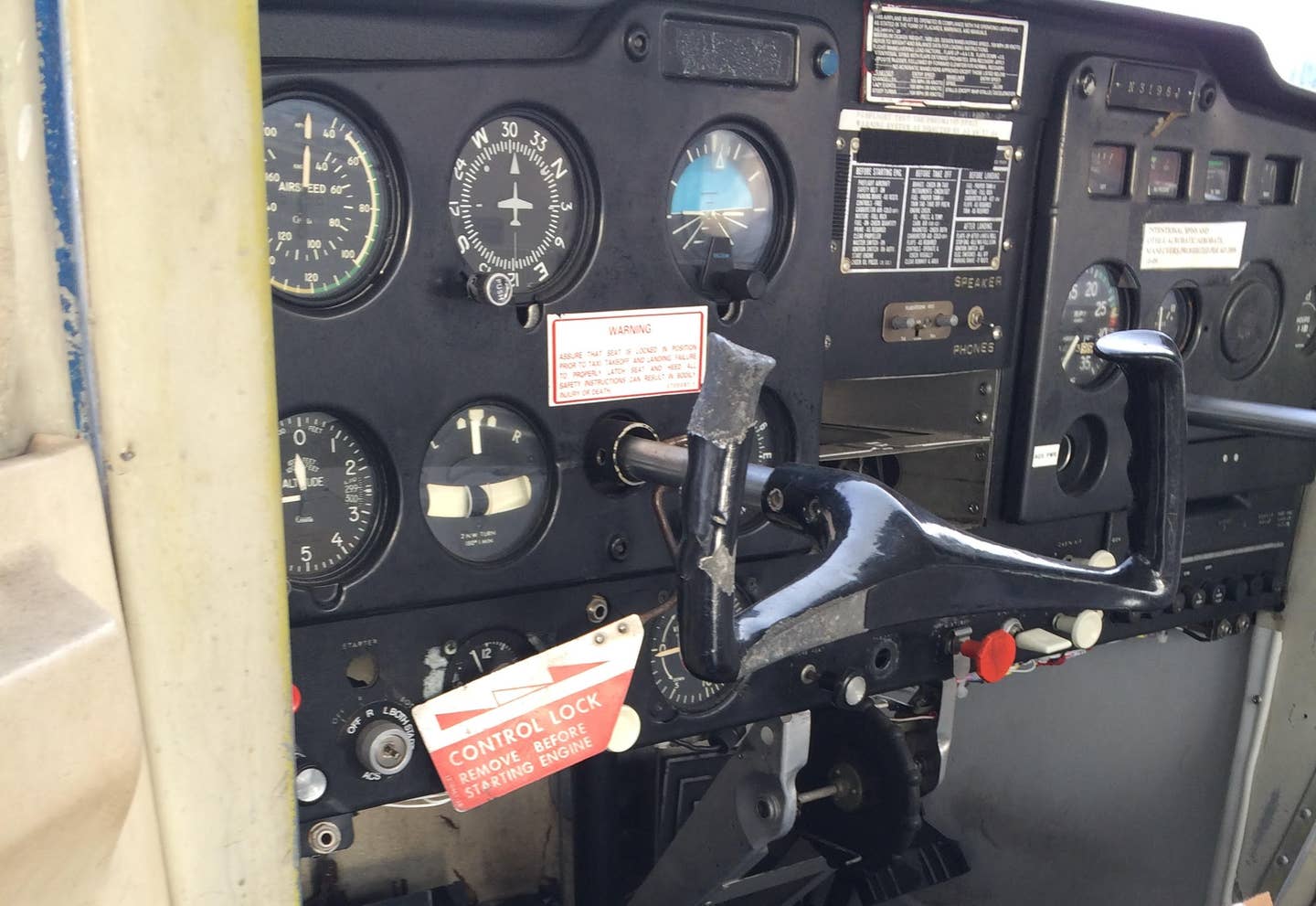Keep Practicing After Your Check Ride
To keep and build your skills, you need to have a plan.

Look for flights that will strengthen your skills in addition to adding time to your logbook.
[File photo: Adobe Stock]
Many years ago a mentor advised me, "The day you sign them off for their check ride is the day their skills are at their sharpest. After they pass their check ride, those skills will start to degrade."
I shared this knowledge with one of the CFIs I trained, who was dismayed by the performance of a private pilot seeking renter privileges at the school. The would-be renter pilot had earned their certificate some four months earlier, but according to the CFI who administered the renter checkout, the would-be renter pilot did not fly to the level of their certificate.
The renter pilot claimed to fly a tailwheel airplane on a weekly basis, but as that aircraft was going into annual inspection, the renter pilot was looking at options to keep flying.
The FBO-dictated rental checkout involved an open-book test and a flight of at least one hour, which included air work and multiple takeoffs and landings—and, since the renter was new to the airport, a review of the published VFR arrival and departure procedures.
According to the CFI who administered the checkout, the pilot seemed to have forgotten how to use the rudder, the checklist, and had to be prompted to perform clearing turns. Much of the checkout flight was remedial.
Fortunately, the renter pilot had a good attitude and recognized the rust, and proceeded to sign up for another dual instructional flight. The renter explained they had good intentions to stay proficient upon earning the private certificate, but had become somewhat lazy and the flights had deteriorated into $100 hamburger trips to a particular airport and a few laps in the pattern.
This happens to all of us. To keep and build your skills, you need to have a plan, and you need to stretch your skills from time to time.
Add to Your Adventures
After you pass the private pilot check ride, there will be an adjustment, as you don't have the pressure to study nightly and fly multiple times a week. It's okay to make time for other things, but to protect that investment, set aside time for aviation. It could be a two-hour flight that includes a trip to the practice area and back with multiple takeoffs and landings, sitting down to plan that bucket-list flight, reading an aviation publication, or online shopping for an airplane—you can dream, can’t you?
More often than not, finances determine how much most of us fly. To stretch your resources, research the idea of joining a flying club as they are often less expensive than renting from FBOs. Flying clubs are also good alternatives when the FBOs limit aircraft rental to their clients who are actively training for a certificate or rating.
Make the flying hours count. Very few people go through the trouble and expense of earning a private pilot certificate just to do laps in the pattern. Instead, create a list of flying experiences you want to have—like landing at a mountain strip near a lake—and figure out how to make that happen. Take that mountain flying course offered by the local flight school, look into tailwheel training (in the event that airplane that caught your eye has conventional landing gear), make plans to attend the next air fair or fly-out breakfast or lunch—there are lots of options.
If your state has an airport passport program, take advantage of that. Find out which airports have the best restaurants, museums, or interesting hangars, terminals, or public art. Visit them and get that selfie for your social media.
Look for flights that will strengthen your skills in addition to adding time to your logbook.
Instead of planning flights that keep you away from controlled airspace (sadly, many CFIs teach this technique to private pilot applicants) instead, consider interacting with ATC and getting clearance to fly through the airspace if appropriate. Ask for the transition through the Charlie or Delta—if they say no, you just go over or around.
What About Flying as a Career
If the private pilot certificate is your first step on what you hope is a long career as a professional pilot, start building your cross-country hours toward the all-important airline transport pilot certificate. Make a list of airports to visit. If you are enrolled in a Part 141 program, the airports you are allowed to fly to for cross-country experience may be restricted—they will have a list.
If you are training under Part 61, this restriction doesn't exist, just make sure the distance to the airport as measured by plotter and paper sectional meets the metric for a cross-country flight.
If you have the resources, don't be afraid to travel to another part of the country or even the world where you can build time and get experience you cannot get at home. For example, if you are based in a part of the world where blue skies and sunshine are the norm, find a location where they have a variety of weather so you can log that all-important instrument time in actual meteorological conditions.
If you want to pursue your instrument rating, and you don't have the money or time to work on it just yet, volunteer to be the safety pilot for a pilot practicing IFR approaches in VFR conditions. You might even want to log some dual with a CFII and, while on an IFR flight plan, go in and out of the clouds just so you can see what that experience is like.
Seek Out Challenging (to You) Airports
There's a reason you learned how to do short-field takeoffs and landings. Find a runway that requires them—but if you are renting an aircraft from a school or FBO, double check to be sure there isn't a limitation on runway length. Some have the caveat: “operations from airports with runways less than 2,200 feet with instructor only.”
If you have done most of your flying at non-towered airports, head to a towered airport. If most of your flying is at a towered airport, head to a non-towered facility. Those radio skills need to be kept sharp too.
The Round Robin
The round-robin flight is where you fly to several airports and return to the original place of departure. If most of your training took place at a towered airport, do a round-robin flight of non-towered airports—they don't have to do a full cross-country.
One of my best learners has a favorite loop where he flies from non-towered Pierce County/Thun Field (KPLU) north to Renton Municipal (KRNT), a towered Class D, performs a touch and go then heads west to towered King County International (KBFI), for another touch and go, then to Tacoma Narrows (KTIW) for a touch and go, transitions across the McChord Air Force Base (KTCM) and back to KPLU. The flight takes about two hours and it's very busy—and a lot of fun. I have used this flight or a variation of it as a metric for my learners who are preparing for check rides. I am supposed to be "in toad mode" (quiet as a toad) during the flight. If they can stay ahead of the airport and the radio, they are ready to meet the examiner.
Look for the Best Views
Pretty much every place has a 'cool thing to see from the air.' Take advantage of your wings and go up for the best view.
There may be that farm with the totem pole on it. That house that looks like a castle. The beachfront property with the remains of a shipwreck visible at low tide, the forest that becomes a riot of color in the fall, the tulip fields blooming in the spring, and so on.
You worked hard to get that pilot certificate. Make the most of it.

Subscribe to Our Newsletter
Get the latest FLYING stories delivered directly to your inbox






